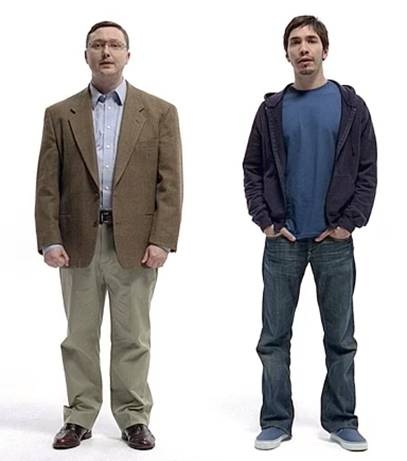Hurricane Sandy, the superstorm that pummeled the Northeast late last October, left an incredible wake of destruction in its path. From massive power outages to fires to flattened buildings, Sandy showed no mercy – but she did create a perfect opportunity for local safety and recovery professionals and emergency response teams to shine.
Incentive Magazine covers this topic in its January/February 2013 issue. “A Safe Recovery” by Andrea Doyle talks about how safety incentives played an important role in East Coast efforts to rebuild after Sandy. Hinda relationship manager Linda Wodele offered some insight on the importance of safety incentives, both with regard to Sandy and in other facets.
“The most successful safety incentive programs have successful safety habits at their core,” she says. “People are creatures of habit and fall back on what they know. If their habits are strong, they will hold up in a crisis situation such as Hurricane Sandy and the groundwork for working safely will be in place.
“We have seen an uptick of at least 15 to 20 percent in safety incentives in the last year,” she continues. “[Hinda’s] safety solutions take a behavioral approach to remind people to do the right thing on a daily basis.”
Reinforcing behavior is a great way to spread a culture of safety and instill safe habits within employees’ daily lives. An effective method for reinforcing behavior is with spot recognition – one example of which is Hinda’s “Scratch and Win” cards, which are pre-loaded with points that can be redeemed for merchandise.
“These types of awards are particularly popular as they encourage companies to take a preventative, day-to-day approach to safety,” Wodele says.
Michael Kelleher, Director of Sales and Operations for Kelleher Enterprises (Ann Arbor, MI), and a partner of Hinda, agrees and confirms the importance of having a culture of safety in place.
“The firms that have successful safety programs in place will be at an advantage because their employees will have safety protocol engrained in their daily work,” he says. “Safety incentive programs can effectively complement the training and communication programs that firms use to influence the behaviors of their employees while on the job.”
What does your company do to ensure a culture of safety among its employees? Does your company recognize its employees for following a high standard of safety protocol? Talk to Hinda if you’d like to learn more about how we can help establish a safety incentives program at your company, and read more about this topic here.


